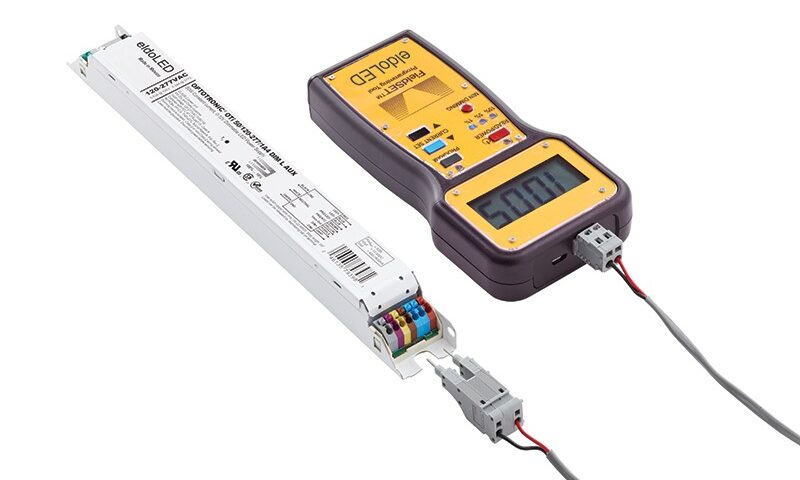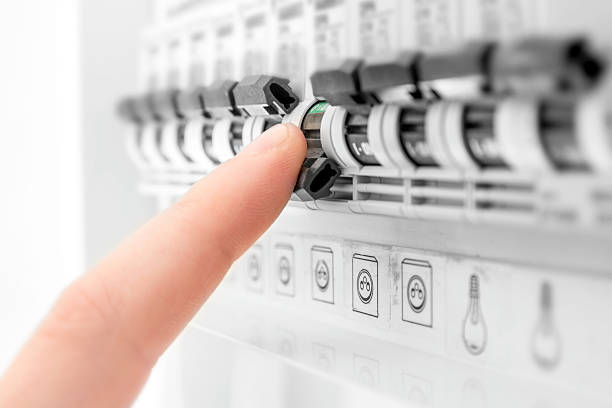It is truly heartbreaking that over 25,000 home electrical fires occur in the United States annually, and what makes it even more distressing is that the majority of these incidents could have been avoided by implementing appropriate safety measures. Thankfully, most of these preventive measures are straightforward and can be implemented immediately. Taking simple precautions such as using electrical devices and outlets correctly can significantly minimize the risk of an electrical fire tragedy in your family.
Here are the 5 Essential Ways to prevent electrical fires and protect your home and loved ones.
-
Ensure Proper Installation and Maintenance:
Proper installation and regular maintenance of electrical systems are crucial in preventing electrical fires. Hire a qualified electrician to correctly install wiring, outlets, and electrical appliances. Regularly inspect and maintain your electrical system, checking for loose wires, damaged cords, or overloaded circuits. Faulty wiring and connections are leading causes of electrical fires, so addressing any issues promptly is important.
-
Avoid Overloading Circuits and Extension Cords:
Overloading circuits and using extension cords improperly are common causes of electrical fires. Distribute your electrical load evenly across circuits and avoid plugging multiple high-wattage appliances into a single outlet. When using extension cords, ensure they are rated for the intended use and never overload them with excessive power consumption. If you find yourself relying on extension cords extensively, consider adding additional outlets to accommodate your needs.
-
Be Mindful of Heat-Producing Appliances:
Appliances that generate heat, such as space heaters, irons, and hairdryers, can be potential fire hazards. Always use these appliances with caution and never leave them unattended while in use. Keep flammable objects at a safe distance from heat-producing devices to prevent accidental ignition. Additionally, make sure to follow the manufacturer’s instructions for proper usage and maintenance of these appliances.
-
Regularly Inspect and Replace Old Wiring:
Outdated or deteriorating wiring is a significant fire hazard. If your home is older or you suspect the wiring might be outdated, it is essential to have it inspected by a qualified electrician. Signs of faulty wiring include flickering lights, frequently blown fuses or tripped circuit breakers, and discolored or sparking outlets. If any issues are identified, have the wiring replaced promptly to eliminate the risk of an electrical fire.
-
Practice Electrical Safety Habits:
Adopting good electrical safety habits can go a long way in preventing fires. Always unplug appliances when they are not in use, rather than relying on the standby mode. Regularly clean and maintain your appliances to prevent dust buildup, as it can increase the risk of overheating. Teach your family, especially children, about the dangers of electrical appliances and the importance of using them responsibly.
Preventing electrical fires requires a combination of proper installation, regular maintenance, and responsible use of electrical systems and appliances. Electrical safety inspections provide great peace of mind for you and your family. By following these five essential ways to prevent electrical fires, you can significantly reduce the risk of fire and safeguard your home and loved ones. Remember, electrical safety is everyone’s responsibility, so make it a priority to create a secure environment in your household.








Recent Comments